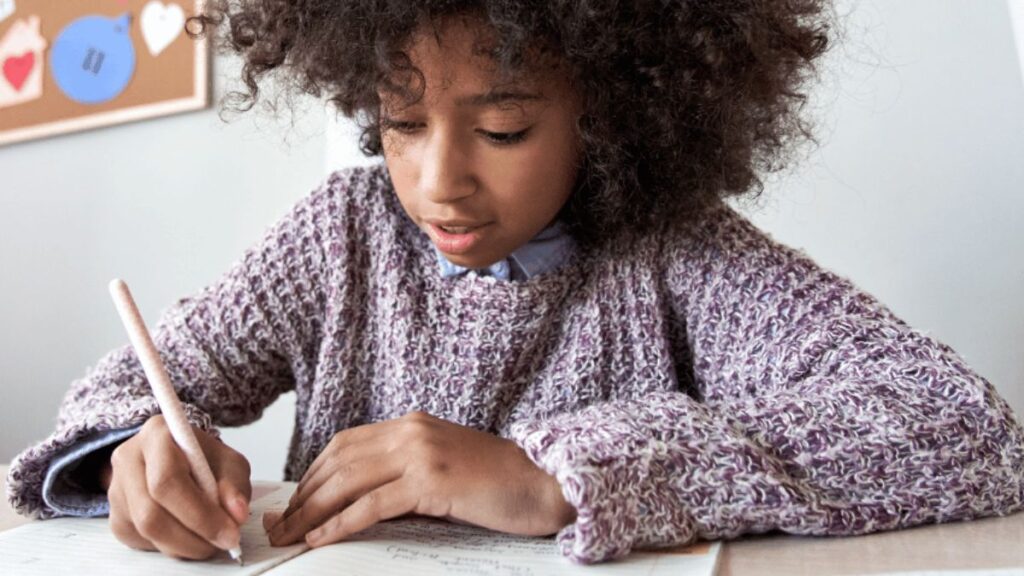Why Creative Writing Matters In Second Grade
Creative writing is not just an extracurricular activity—it’s a fundamental way for young minds in second grade to learn the art of storytelling while building essential language skills. At this foundation phase, students are naturally imaginative and eager to share their real or invented stories. Encouraging these young learners to express themselves creatively in writing helps develop reading and writing proficiency and cognitive, social, and emotional skills. For example, when students construct a narrative from beginning to end, they practice sequencing, cause-and-effect, and descriptive language. The importance of these skills is highlighted in classrooms worldwide, with educators finding that regular creative writing sessions lead to increased engagement in literacy activities. Lesson plans and writing prompts, like those shared at https://studentreasures.com/teachers-lounge/lesson-plans/second-grade/, provide a strong starting point and structure, empowering teachers to meet their students where they are and inspire a journey of lifelong learning.
Beyond academics, creative writing helps children discover their voices and gain the confidence to articulate ideas. The opportunity to write expressively allows students to develop empathy, critical thinking, and emotional intelligence. Through inventing characters and settings, children naturally put themselves in someone else’s shoes—an essential component of social development. When students share their stories, they also learn active listening, constructive feedback, and respect for the viewpoints of others. The benefits of creative writing stretch far beyond the classroom, reaching into every facet of a child’s development.
Ways To Spark Young Students’ Imagination
Every child has a story to tell, and sparking imagination is often a matter of providing an inviting environment filled with prompts and possibilities. One widely used strategy is introducing visual or auditory stimuli that trigger curiosity. Displaying captivating images, whimsical artwork, or playing intriguing sound effects can kickstart a story instantly. For instance, a picture of a mysterious forest or the sounds of the ocean can transport students to a world of wonder, encouraging them to explore “what-if” scenarios as a basis for their tales.
Teachers might use a “mystery box” filled with interesting objects such as an old key, a feather, or a painted pebble as writing inspiration. Students choose an item and invent a backstory: Whose key is it? Where has the feather traveled? Sensory prompts stimulate creativity and help students connect writing to real-life experiences. Open-ended questions, such as “What would you do if you could become invisible for a day?” or “Describe a pet that no one has ever seen before,” encourage brainstorming and banish the fear of being wrong. With regular practice, children stretch their powers of imagination and bring more originality to their writing.
Types Of Creative Writing Activities For Second Graders
- Story Starters: Beginning a story can feel intimidating, but offering sentence starters or intriguing scenarios breaks that resistance. Students can finish tales that start with, “One morning, the sun didn’t rise…” or invent adventures following, “In the garden, Mia found a door to a magical world.” With a gentle scaffold, children can take creative risks and invent wonderful endings.
- Poetry and Rhymes: Poetry is a playful form of writing that allows students to experiment with words, sounds, and emotions. Try asking the class to write an acrostic poem using their name or create short, silly rhymes about their favorite foods. Poetry activities expose students to rhythm and descriptive language, helping them see writing as an art form.
- Dialogue Writing: Children love conversation and role play. Assignments where students script dialogues between two animals, imaginary friends, or storybook characters help improve punctuation and voice. By creating authentic conversations, students gain confidence in expression and learn the building blocks of narrative structure.
- Letter Writing: Writing letters to friends, relatives, or fictional characters introduces real-world communications and the excitement of receiving a reply. Letter writing builds empathy—inviting children to consider another’s point of view—and teaches important conventions of greeting, closing, and polite language.
Including diverse activities throughout the year ensures that writing sessions stay fresh, engaging, and inclusive, giving every student the chance to discover what kind of writing they love most.
Making Writing Fun: Engagement Strategies
Fun and engagement go hand-in-hand in the early grades, and the more writing feels like play, the more students want to participate. One foundational strategy is to display student work prominently by creating a writer’s wall or classroom “publishing corner.” Children who see their writing posted or included in a class anthology naturally take pride in their accomplishments. Hosting regular read-aloud sessions where students share their stories fosters a warm classroom community and gives each writer an audience.
Energize writing time by rolling out special challenges like “Monster Story Friday” or “Write a Letter to Your Future Self Day.” Use props or costumes to act out stories before students write them down. Small encouragements, such as an “Author of the Week” button or fun writing-themed stickers, can make the process feel extra rewarding. When creative writing is built into classroom routines as a fun challenge and a celebration, every student—regardless of skill—wants to join in.
How To Support Reluctant Writers
Reluctant writers often struggle with starting or fear making mistakes. Breaking down writing into smaller, achievable steps helps to reduce anxiety and build confidence. Begin with group brainstorming sessions where every idea is welcomed, then have students organize their thoughts with graphic organizers or word banks before writing a first draft. Peer writing partnerships allow students to generate ideas together and feel less isolated.
Encouragement is key—offering positive feedback on effort as much as the final product can transform a hesitant writer’s attitude. Flexibility is also valuable; some prefer drawing their story first or dictating it aloud before transferring ideas to paper. For more strategies, practical tips for engaging reluctant writers suggest using choice boards, hands-on activities, and plenty of patience. Ultimately, writing an enjoyable, low-pressure routine helps every child find their voice.
Real Classroom Success Stories
Creative writing unlocks moments of surprise and transformation in the classroom. A second-grade teacher once introduced a “Choose Your Own Adventure” writing project and was amazed when a quiet student wrote the class’s longest—and funniest—story, which became a favorite at the next read-aloud. Another teacher discovered that regular poetry challenges helped a group of reluctant readers fall in love with new books and classroom poetry collections. When allowed to illustrate their stories, students took even greater ownership and enthusiasm in their written work, often asking for more time to revise and expand their tales.
These real-world examples echo the findings of literacy experts that creative writing promotes learning, increases self-confidence, and forges friendships as students share, collaborate, and celebrate their creativity.
Using Technology To Enhance Student Writing
Technology opens up an exciting world for budding writers. Present-day classrooms have access to various digital tools, from kid-friendly word processors to creative storytelling platforms. Simple apps let children type, draw, record their voice, or even create animations to pair with their stories. These experiences are novel and make the editing and revision process less daunting, as mistakes can be corrected without erasing or starting over.
Using technology connects writing with the real world—students can email their stories to family, publish a classroom blog, or collaborate on a group story in real time. Teachers find that these approaches particularly benefit students who may be shy about sharing in person, as technology provides a safe stage for creativity. Incorporating digital storytelling develops modern literacy skills, boosts motivation, and prepares students for future academic and creative endeavors.







